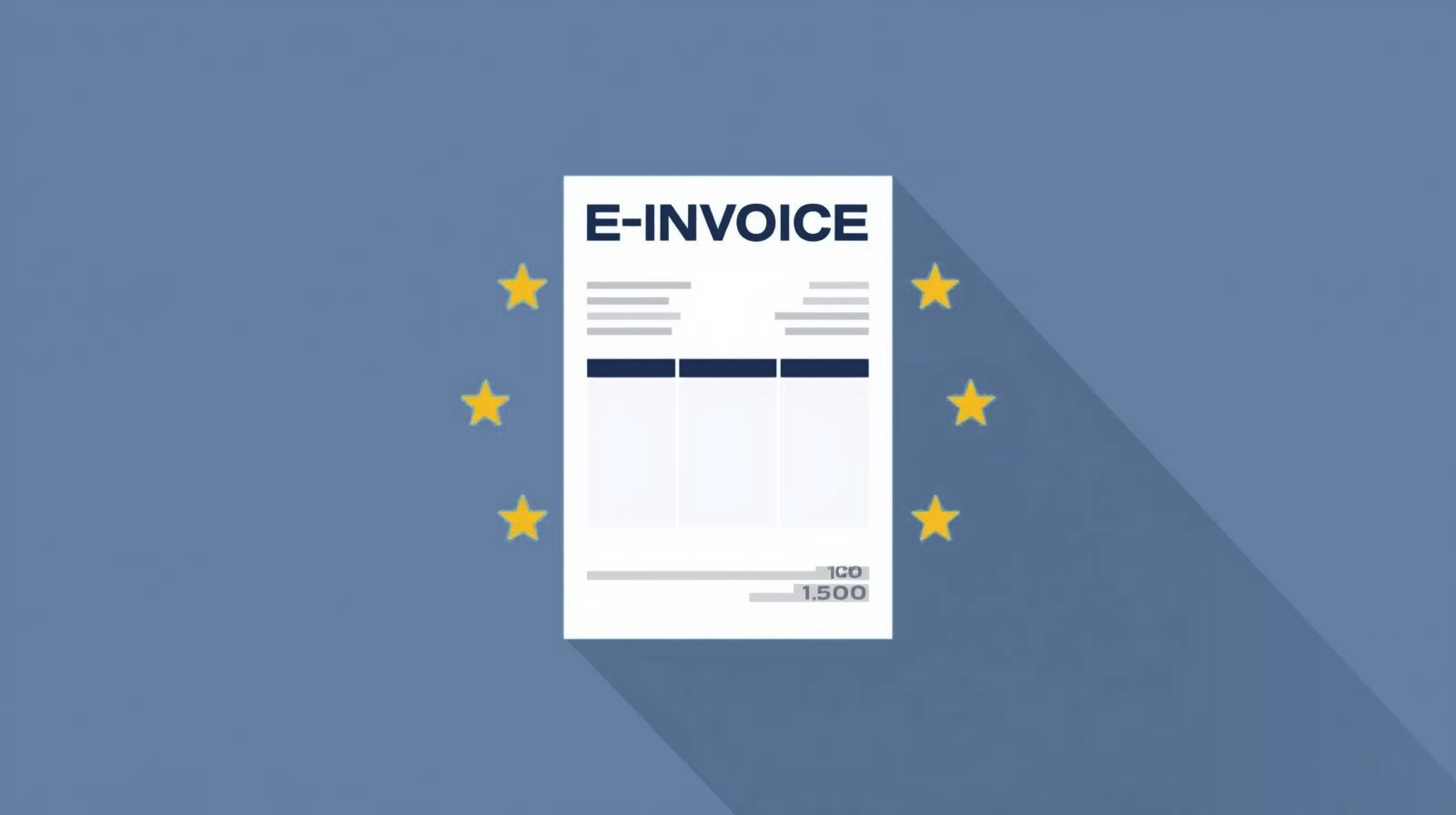Value adjustments are accounting adjustments that reduce the balance sheet value of assets such as receivables, Fixed assets or foreign currency holdings to a realistically realisable value. They are necessary if it becomes apparent that assets may not be realised in full or may lose value.

Typical use cases:
-
Allowances for doubtful debts:
Adjustment of receivables where there is uncertainty regarding full realisation (e.g. in the event of payment difficulties on the part of customers). -
Depreciation (fixed assets):
Regular adjustments to the value of depreciable assets to correctly recognise the loss in value over the useful life in accordance with defined depreciation types. -
Foreign currency value adjustment:
Adjustments to receivables or liabilities in foreign currencies due to exchange rate fluctuations at the end of the period.
Implementation in SAP Business One:
Value adjustments are typically carried out as manual journal entries:
Finance → journal entries → Journal entry
Adjustments (debit/credit entries) are made manually in order to reduce the carrying amount of an asset accordingly. Such value adjustments are made manually in particular if they cannot be made automatically by specific system functions, e.g. when adjusting doubtful receivables on regular reconciliation accounts.
the Versino Financial Suite for SAP Business One supports value adjustments as part of its extended financial functions. It enables automated and secure management of these adjustments, facilitates reporting and improves transparency in financial accounting. This significantly reduces manual effort and provides companies with audit-proof and traceable documentation of their value adjustments.
Classification in the financial statements:
Value adjustments are an integral part of the preparation of financial statements, particularly at the end of the period or year. They influence the balance sheet and Profit and Loss Account and are necessary in order to realistically present the financial situation of a company in accordance with the principle of prudence.

Verifactu in Spain: the new invoicing obligation

The e-invoicing regulations in Europe

Versino Financial Suite V09.2025 for SAP Business One

Accounting outsourcing: Why it pays off for SMEs

CANDIS for SAP Business One
